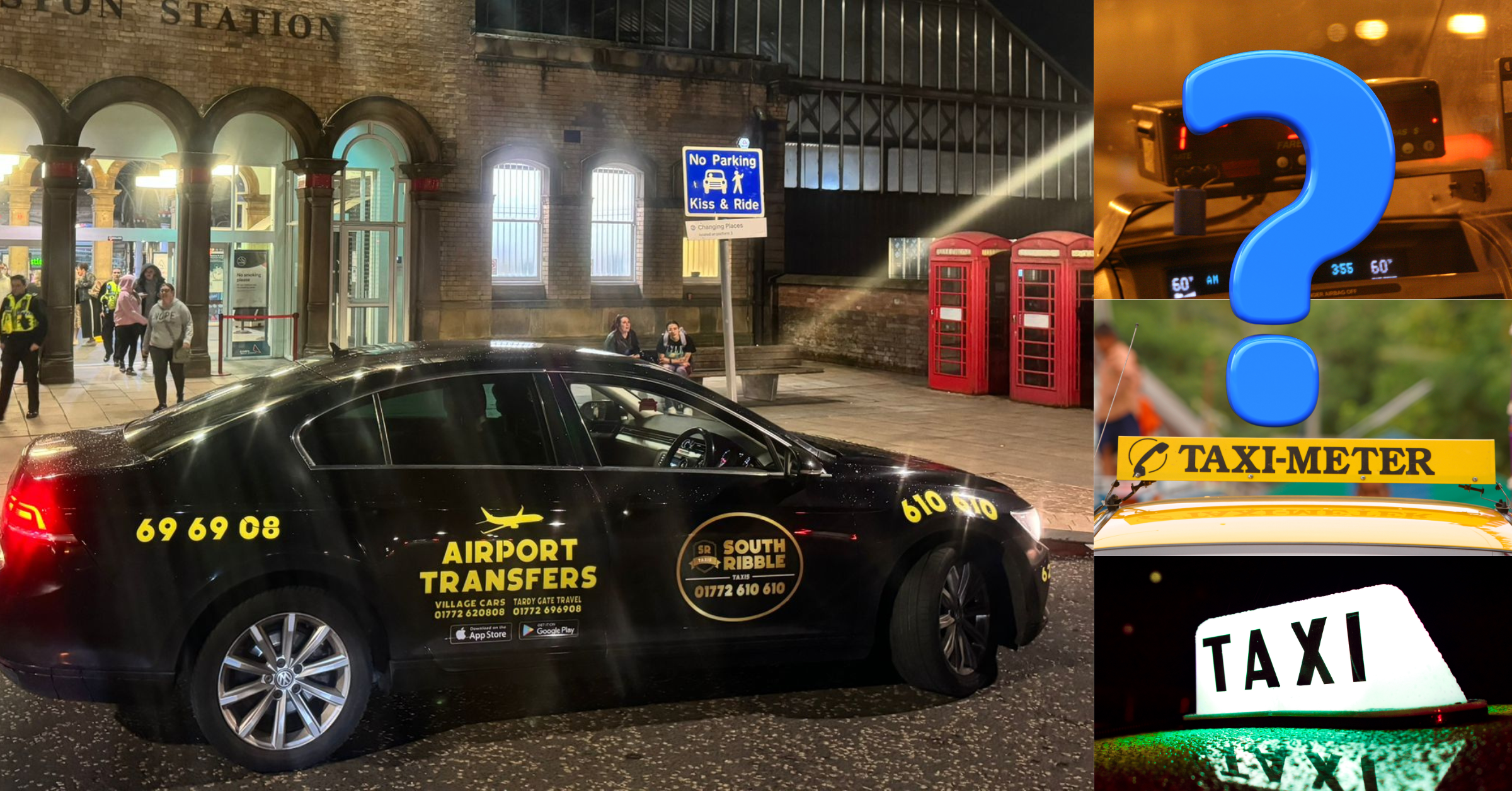

Jul 14, 2025

Understanding the cost of a taxi ride can be essential for planning your travel budget, whether for a local trip or a longer journey. One of the most common questions passengers ask is, "How much does a taxi cost per mile?" While the answer can vary depending on several factors—location, time of day, type of taxi, and additional charges. it is possible to gain a good estimate by exploring the general fare structures and components involved.
This article will delve deep into the cost per mile for taxis, what influences these rates, how they differ by region, and how to accurately estimate your total fare. Whether you're commuting, travelling to an airport, or simply running errands, knowing the price per mile helps avoid surprises when the meter stops.
The term "cost per mile" in taxi services refers to the base amount you pay for every mile travelled during your ride. This rate typically starts after the base fare is charged and continues to accrue as the vehicle moves. Most taxi companies use a combination of flat rates (minimum fare) and distance-based charges.
For example, a taxi might charge £3 as a base fare and then £2 per mile thereafter. This structure helps cover both the driver’s immediate service and the distance covered.
Before focusing on specific per-mile costs, it is essential to understand the common elements in a UK taxi fare structure:
These components collectively determine the total taxi fare.
The average taxi cost per mile in the UK can range between £1.20 and £3.00, depending on the city, region, and time of travel. In metropolitan areas like London, prices tend to be higher, while rural or suburban areas may offer more affordable rates.
These figures are only averages, and it's important to check with the local taxi provider for exact pricing.
Metered taxis use devices installed in the vehicle that calculate charges based on time and distance. Here's how it typically works:
The meter provides a seamless way to ensure fairness and transparency in the pricing model.
Several factors influence the final cost per mile of a taxi ride:
Taxi prices can vary significantly from one region to another. Urban centres often include congestion charges, tolls, and higher per-mile rates.
Night-time or early morning fares usually include a surcharge, which may raise the effective cost per mile.
Weekends and public holidays typically attract higher charges due to demand and driver availability.
Luxury taxis or executive cars can cost more per mile than standard saloon vehicles.
In heavy traffic, per-minute charges can increase your overall fare, even though you’ve travelled fewer miles.
Many areas have set tariffs regulated by local councils, which taxi companies must follow.
Let’s examine how the fare adds up over different distances based on an average cost per mile of £2.00:
Please note that waiting charges or peak surcharges would be additional if applicable.
Some journeys—especially airport transfers or intercity travel—may involve flat rates instead of metered per-mile charges. These are often more economical for longer distances and are agreed upon before the journey starts.
However, for local or short trips, per-mile metered rates are more practical and reflect real-time travel conditions.
Let’s see how taxis compare with other modes of transport based on per-mile cost:
Mode of Transport
Average Cost Per Mile
Notes
Taxi
£1.50 - £3.00
Flexible but costlier
Uber/Private Hire
£1.20 - £2.50
Variable surge pricing
Bus
£0.10 - £0.30
Cheapest but less flexible
Train
£0.20 - £0.50
Better for long-distance
Bicycle/Walking
Free
Eco-friendly and healthy
Taxis offer convenience, door-to-door service, and privacy, which justifies the higher cost for many passengers.
If you want to estimate how much a taxi ride will cost you, here’s a simple method:
Online fare calculators or local taxi websites often offer tools to estimate fare ahead of time, which can be helpful.
Both options have pros and cons, depending on your journey type.
For passengers in areas with known traffic patterns, fixed fares might be the safer financial choice.
While you can't always reduce the cost per mile, there are a few ways to minimise your total fare:
These small steps can result in noticeable savings over time.
Local taxi firms often have flexibility within council regulations to set their own rates. This makes it essential to understand the company’s pricing structure. Unlike rideshare apps that use dynamic pricing, local firms usually maintain consistent rates for transparency.
Working with a local provider also means:
Some passengers may require specific services such as wheelchair-accessible vehicles or pet-friendly transport. These may come with slightly higher per-mile charges due to vehicle customisation or handling requirements.
Always check with the service provider for any extra fees or minimum journey rates in such cases.
Fuel costs directly impact taxi fare structures. When petrol or diesel prices rise, taxi companies may increase the per-mile rate slightly to accommodate operational expenses. Though adjustments aren't always instant, persistent fuel hikes usually lead to fare revisions.
In contrast, electric taxis are gaining popularity and could eventually reduce per-mile pricing in the long term.
Also Read: - How much would a taxi cost for 10 miles uk
Many local taxi companies now provide digital tools on their websites or apps that allow passengers to estimate fares. These tools use inputs such as distance, pickup/drop-off locations, time, and vehicle type to offer real-time quotes.
Benefits of digital estimators:
When planning a journey in the South Ribble area, understanding the cost per mile can help you make informed decisions about your travel budget. South Ribble Taxis provides transparent and competitive fare structures suited to both short and long-distance travel. While exact prices may vary depending on the trip, passengers can expect a fair and reliable service based on clearly defined pricing. Whether you’re commuting locally, heading to the airport, or exploring the region, South Ribble Taxis ensures that your ride is comfortable, professional, and accurately priced per mile.
© 2025 South Ribble Taxis. All Rights Reserved.